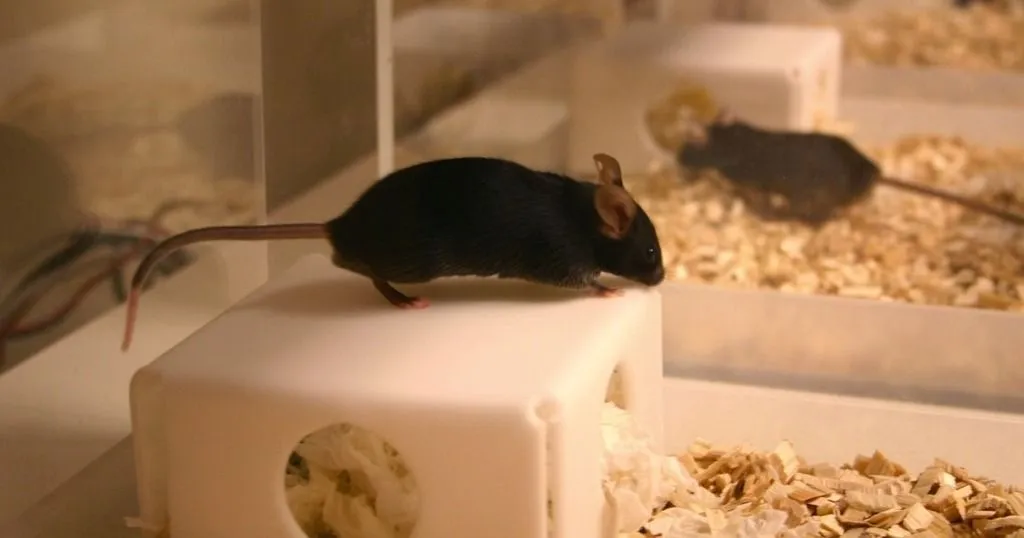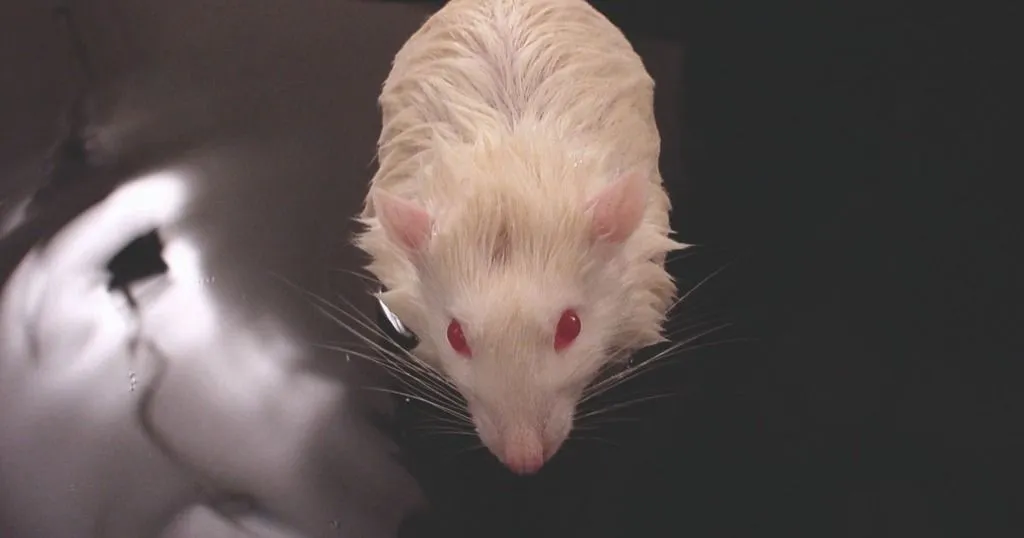Why it is smart to test your animal in its home cage
Behavior of laboratory rodents is often studied in well-controlled, simple experiments, in an environment that is fundamentally different from the animal’s home cage.
Posted by
Published on
Fri 08 Feb. 2013
Topics
| Home Cage | Mice | PhenoTyper | Psychiatric Disorders |

Behavior of laboratory rodents is often studied in well-controlled, simple experiments, in an environment that is fundamentally different from the animal’s home cage. These tests usually involve repeated handling of the animal, elevated stress levels due to the new surroundings, and a great variety in laboratory environments. This makes results difficult to interpret, decreases reproducibility and compromises validity. Besides, it can have a negative effect on animal welfare.
Why it is smart to test your animal in its home cage
Executing tests in a home cage provides a solution to these problems. The PhenoTyper is a home cage that is suitable for a wide variety of tests, including tests on learning and memory, anxiety and depression or eating and drinking behavior. One can also use it to monitor the circadian rhythmicity of your lab animal for days or even weeks with minimal human interference.
On the Behavioral Research Blog we have published several articles about home cage assessment and PhenoTyper. Read the posts to learn more.
Brain waves and behavior
Scheffzük et al. recorded brainwaves (EEG) from 19 freely moving mice during a 24- hour home cage assessment in a PhenoTyper home cage. Additionally, movement and behavior was automatically recorded with EthoVision XT to determine different states such as active wakefulness, quiet wakefulness, slow wave sleep, and REM sleep.
Read this blog post to learn more: https://noldus.com/blog/brain-waves-and-behavior-sleep-to-learn
Inside the minds of mice and men
In 2011 Lucas Noldus was interviewed for a technology feature in Nature; “Inside the minds of mice and men” by Monya Baker. Nature, 475, 123 - 128. In this article, Lucas Noldus explains how an instrumented home cage can be configured to perform any kind of test, from anxiety to memory. Noldus Information Technology supplies home cage testing set-ups, including the PhenoTyper, the instrumented home cage which is designed to be combined with tracking software, EthoVision XT.
In the blog post, you can read more about how researchers are learning to use animal models for psychiatric disorders.
NeuroBasic PharmaPhenomics
Two years ago, Noldus Information Technology joined the research consortium NeuroBasic PharmaPhenomics (www.neurobasic.nl) in their efforts to develop new drug discovery strategies in both neurology and psychiatry. This project builds on the successes of Neuro-Bsik Mouse Phenomics (www.neurobsik.nl), the consortium in which Noldus was responsible for the development of an automated home cage technology that allowed the investigation of mouse models in an enriched environment. Over the years, this has resulted in a successful product that is now known as the PhenoTyper.
Related Posts

EthoVision XT and the Morris Water Maze: expert tips and tricks

Did you know about these tips and tricks in EthoVision XT?

